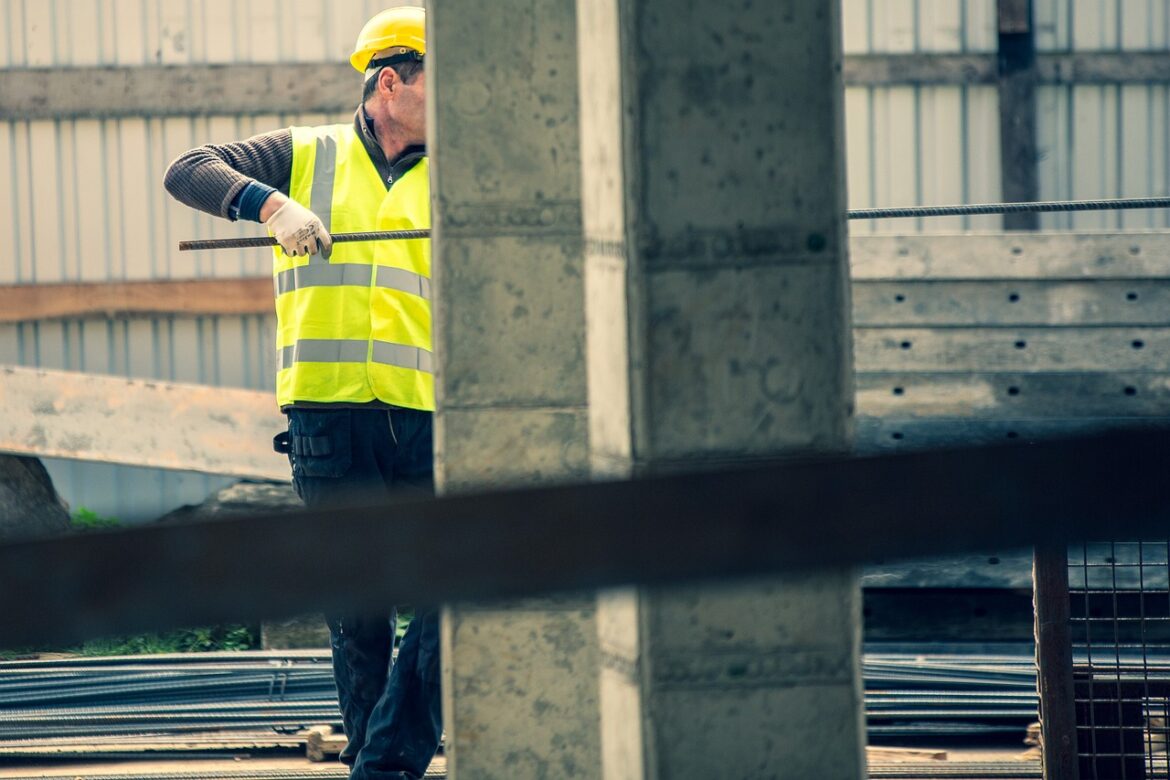If you think construction is all about hard hats and heavy machinery, think again. In 2025, artificial intelligence is the silent builder behind the scenes, changing everything from how projects get planned to how they’re built—and even how safe workers are on site. Here are the trends and real-world stories you need to know, explained in plain language for anyone who works the job or just wants to stay in the know.
1. AI Adoption Surges Across the Industry It’s official: more than half of top construction firms now have AI in their toolbox. In just the past year, the number jumped from 38% to 53%, according to a recent North American survey. So what’s driving this boom? It’s not just hype—it’s practical results. Think of it as upgrading from a paper map to GPS. AI tools help with everything from writing better proposals to crunching data for smarter project planning. But don’t expect everything to be fully automated just yet. Even with all the tech, many firms are still getting off the ground—some teams are still wrestling with manual accounting and resource management.
2. Data-Driven Project Management Dan Ashton of Proicere Digital breaks it down for us: construction sites generate mountains of data, from blueprints to budgets and safety logs. AI steps in to find patterns and insights that even the sharpest project managers might miss. Imagine having a digital assistant that studies every past project, learns from mistakes, and keeps everyone on the same page with up-to-date scheduling, risk alerts, and cost estimates. This all-in-one system means fewer surprises and smoother sailing from design to delivery.
3. Smarter, Safer Construction Sites Let’s face it, construction is still a risky business, with dozens of accidents each year. But AI is stepping up to make sites safer. For example, AI-powered 4D models show exactly where people, equipment, and materials are supposed to be, and they update in real time. If a new hazard pops up, the system can suggest new routes or plans on the spot—helping teams avoid accidents before they happen. In the UK, firms are already seeing a drop in incidents thanks to smarter planning and better hazard spotting.
4. Robotics and AI Team Up Robots aren’t just for car factories anymore. In 2025, AI-driven robots are printing concrete walls, tying rebar, and finishing surfaces—often faster and safer than human crews. These robots get instructions from AI systems that spot mistakes as they happen, so every part of a building is made just right. Offsite, digital fabrication lines use AI to keep supply and site progress in perfect harmony. The result? Buildings go up quicker, with less waste and fewer delays.
5. The Rise of Digital Twins and Offsite Innovation Picture a virtual version of your construction site, updated in real time, that lets you test out ideas and spot problems before you even break ground. That’s what digital twin technology is doing. AI powers these virtual models, giving managers a crystal ball to predict delays, optimize use of resources, and plan maintenance before pipes start leaking or lights go out. Offsite modular construction is booming, too, because AI manages inventory and schedules so tightly that nearly every component arrives just in time.
Bottom Line AI isn’t coming for construction jobs—it’s coming to make them smarter, safer, and more efficient. The leaders who embrace these tools are the ones who’ll build tomorrow’s cities, one data-driven brick at a time.
References:
- https://connectedworld.com/ai-in-construction-lifecycle-opportunities-in-construction/
- https://www.pbctoday.co.uk/news/digital-construction-news/construction-technology-news/how-ai-is-set-to-transform-project-management-in-construction/151499/
- https://neuroject.com/digital-fabrication-2025/
- https://explodingtopics.com/blog/future-of-ai
- https://writewaveblog.com/top-construction-trends-2025-embracing-technology-and-sustainability/
- https://www.sundeepteki.org/blog.html
- https://engineeringindustrynews.com/ai-manufacturing-trends-2025/
- https://holtz.com/blog/blog/advice_on_online_press_releases/%20



